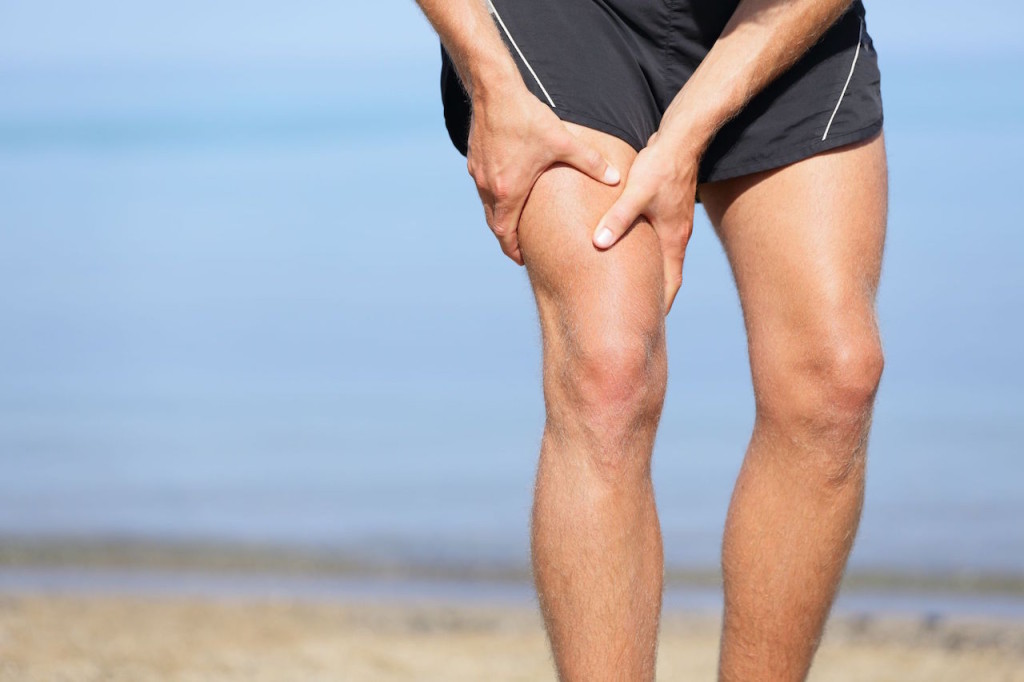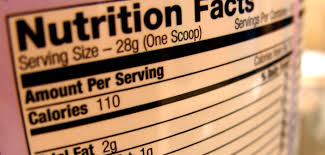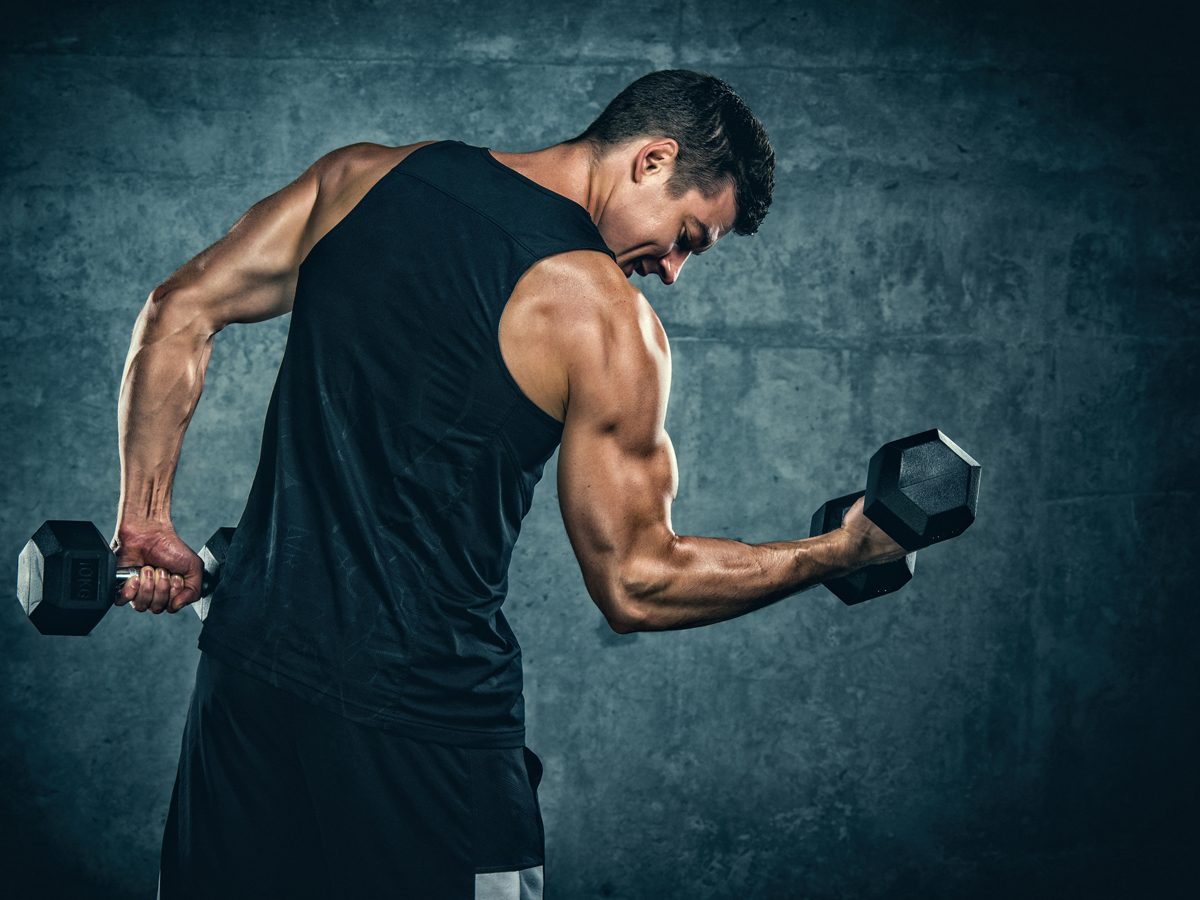
If you exercise on a daily basis, then you’re probably familiar with the phrase “no pain, no gain,” a saying that gets thrown around a lot not only at the University of Oregon but in sports in general.
Although this might serve as a motivational factor for the majority of people, is pain really a good thing? In fact, the belief that exercise brings lots of pain is actually a good reason for people to stay away from the gym, don’t you think? If you feel like you’re one of those people who believe in this theory, then you should know that the idea of hurting while exercising is simply wrong. Generally speaking, if you have muscle pain before, during, or after a workout, it’s a sign that your body is physically stressed.
Many who end up hurting themselves at the gym often end up getting some pretty intense muscle pain. These individuals find it useful to use cannabis to reduce pain. Often Hemper glass bubblers are a handy tool to prepare the cannabis so you can get the right amount of cannabis ingested. This helps many people deal with their muscle pain but you need to find a treatment that works for you and your body. There is a wide variety of ways of dealing with muscle pain though so you have plenty of treatment options to choose from. For example, another option is buying a Kratom product from this aka vendors website, to try and ease the muscle pains. Find a treatment that works for you, it’s all about trial and error!
It’s true, some muscle soreness is essentially unavoidable, especially when hitting the gym for the first time, or trying a new workout routine. This type of muscle soreness is often referred to as delayed onset muscle soreness (DOMS) and typically occurs within the first 24 to 48 hours after you’ve completed your workout. It can also range from mild tenderness to more severe soreness, reminding you every time you breathe, cough, or laugh that you’ve recently hit the gym. Anyone who exercises regularly can experience DOMS, but it’s usually more common following an intense workout training session. Although it’s easy for us to overlook the pain, swelling, tightness, tenderness, weakness, and cramping, it’s important to understand the cause, listen to your body, and pay attention to these symptoms because they might be related to more serious issues like venous insufficiency.
So, how does muscle soreness work?
To begin with, almost any kind of hard exercise can result in soreness, which can lead to lactic acid. In fact, when lactic acid builds up in the muscle, the muscle becomes sore, tender, or weak. This theory is based on the fact that during (or after) an intense workout, the muscles go into overdrive trying to provide the body with more energy to fulfill the physical demands without oxygen, which leads to the production of acid. That’s why it’s important to drink lots of water throughout your workout and look for signs and symptoms of dehydration. But this isn’t what causes DOMS.
DOMS is caused by strenuous exercise that leads to microscopic tears in the muscles and in some cases, the ligament, which can lead to things like hernias, hormonal changes, and bone pain – a problem that isn’t just caused by vitamin D deficiency. This might sound harsh, but muscle damage is a vital part of making your body bigger and stronger. It’s no wonder why the saying “no pain, no gain” carries a lot of weight around the gym. But it’s still important to remember that the muscles located within your body are made up of protein filaments. So when you lift heavy weights, for example, your muscles react by creating more protein filaments. This is what allows you to lift with more force and gives the muscles the ability to grow in size – also known as hypertrophy.
In short, you can’t beat DOMS. You can, however, take steps towards reducing the amount of soreness and tenderness experienced throughout the body. One thing, in particular, you should try to do if you experience delayed onset muscle soreness is rest until the pain subsides. You can also try to get an over-the-counter pain relief medicine, look into using CBD oil (which has been found to suppress pain) or apply ice to the sore area. If the soreness isn’t too severe then you’ll still be able to exercise and follow your workout routine. But if you’re really sore and still feel the urge to work out, you can always hop on a treadmill and go for a jog.




